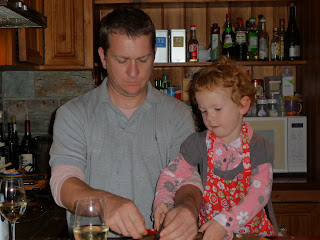
Mount Macedon. To me, the best place in Australia to grow Chardonnay and Pinot Noir. It is also the place where the great Stuart Anderson decided to call it a day. You see Stuart Anderson started making wine in Bendigo with his label ‘Balgownie Estate’ on a 75 hectare site at Maiden Gully in 1967 with plantings of Shiraz and Cabernet Sauvignon, with Pinot Noir and Chardonnay coming a bit later.
The resulting Balgownie Estate Cabernet Sauvignon became an instant hit with legend status putting cool climate viticulture in the minds, and glasses of everyday Aussies. Like the Cabernet, Balgownie's earthy and complex Hermitage (Shiraz in Australia since 1990) was at least a decade ahead of its time. Furthermore, Balgownie's Chardonnay and Pinot Noir exceeded the most optimistic expectations. In 1985 he received an impossible-to-refuse offer from Mildara Blass to purchase the property I reckon they just backed a Holden ute up to his door and threw him the keys – the keys to a ute with a boot for of cash, but that would just be speculation wouldn’t it.
It is his time in the Macedon Ranges that has led me to meet Stuart, where he has been helping out the likes of Alex Epis from Epis Wines, Michael and Bill Dhillon from Bindi and David Ell at Mount Gisborne Wines.
Anderson's approach in wine making is evident in the minimalist style seen in Burgundy, with the wine ultimately gaining its characteristic in the vineyard which see's them all benefiting from the terroir of the cool climate; no over-ripe fruit with few getting over 13% alcohol. This will lead to a wine which will not give away too much in their youth except for natural acidity and the promise of a long stay in the bottle.
There is no reason for writing about Stuart Anderson, but he is a massive reason why Mount Macedon wines are where they are today.













